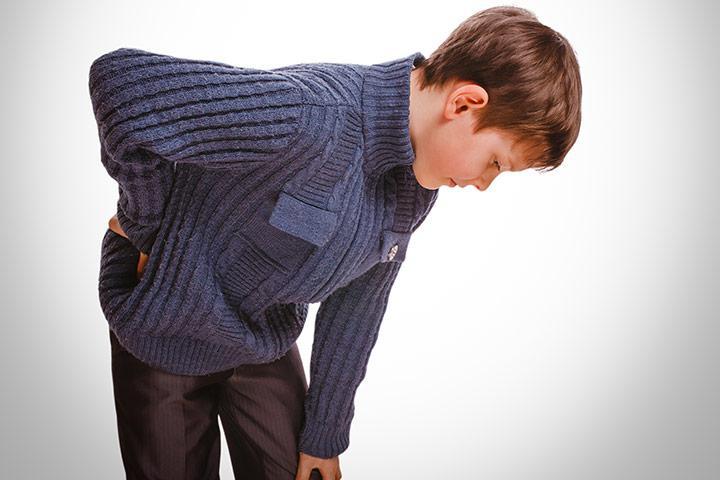Pilonidal sinus is a type of cyst that you can get at the bottom of your tailbone. This can become infected and filled with pus. The technical term is known as pilonidal abscess and this will be painful. It is similar to a large pimple at the bottom of the tailbone. This is more common in men than in women. This usually happens more often in younger people. People who are prone to pilonidal sinus are people who sit a lot such as drivers, as they have a higher chance of developing one.
If you are suffering from pilonidal sinus, then you should look for treatment as soon as possible. The best treatment is pilonidal sinus surgery. There is also a traditional method for pilonidal sinus treatment but it’s preferred to go for proper treatment. So, if your cyst becomes a problem, you can consult a doctor.
Causes of pilonidal sinus
According to doctors, ingrown hairs are the main reason. You might be more likely to get one if you were born with a small dimple in the skin between your buttocks. This dimple gets tend to get affected.
Symptoms of pilonidal sinus
You might not see any noticeable symptoms at first other than a small dimple on the surface of your skin. However, once the dimple becomes infected, this will develop into a cyst or abscess. The signs of infection include:
● Swelling of the cyst
● Pain when sitting or standing
● Sore skin around the area
● Hair protruding from the lesion
● Formation of more than one sinus tract
● Pus or blood draining from the abscess
You might also experience some fever as a symptom. So, you should take care when you are having a pilonidal sinus.
Diagnosis of pilonidal sinus
The doctor will diagnose your pilonidal sinus with the help of a physical exam and he will also ask some questions about pilonidal sinus.
Treatment of pilonidal sinus
You don’t have to be stuck with antibiotics for the treatment of pilonidal sinus. But there are plenty of procedures that doctors can try.
● Incision and drainage: This is the preferred method for the pilonidal cyst. The doctor cut into the cyst and drains it. The doctor will remove any hair follicles and leaves the wound open.
● Marsupialization: In this procedure, the doctor will cut and drains the cyst, removing pus or any hair which is inside. The doctor will sew the edges of the cut to the wound edges to make a pouch.
These above procedures are open surgical methods. The problem with open surgical procedures is that there are chances of cuts and wounds.
What are the complications which are associated with pilonidal sinus?
There are several complications that may arise from PNS. These include wound infection and a recurrence of PNS even after the surgery. Here are signs that the wound is infected:
● Severe pain
● Swollen skin
● Blood and pus seeping from the wound site
● A foul odor coming from the wound
Conclusion
If you are suffering from pilonidal sinus, then you should go for treatment as soon as possible. The best option is to go for a laser surgery only. The recovery time after the surgery is around 2-3 weeks.
author name:Dr. Nikhil Narain
author bio: Specialist in Laser Proctology(Piles, Fissure, Fistula) and 3D Laparoscopy
author name:Dr. Nikhil Narain
author bio: Specialist in Laser Proctology(Piles, Fissure, Fistula) and 3D Laparoscopy






